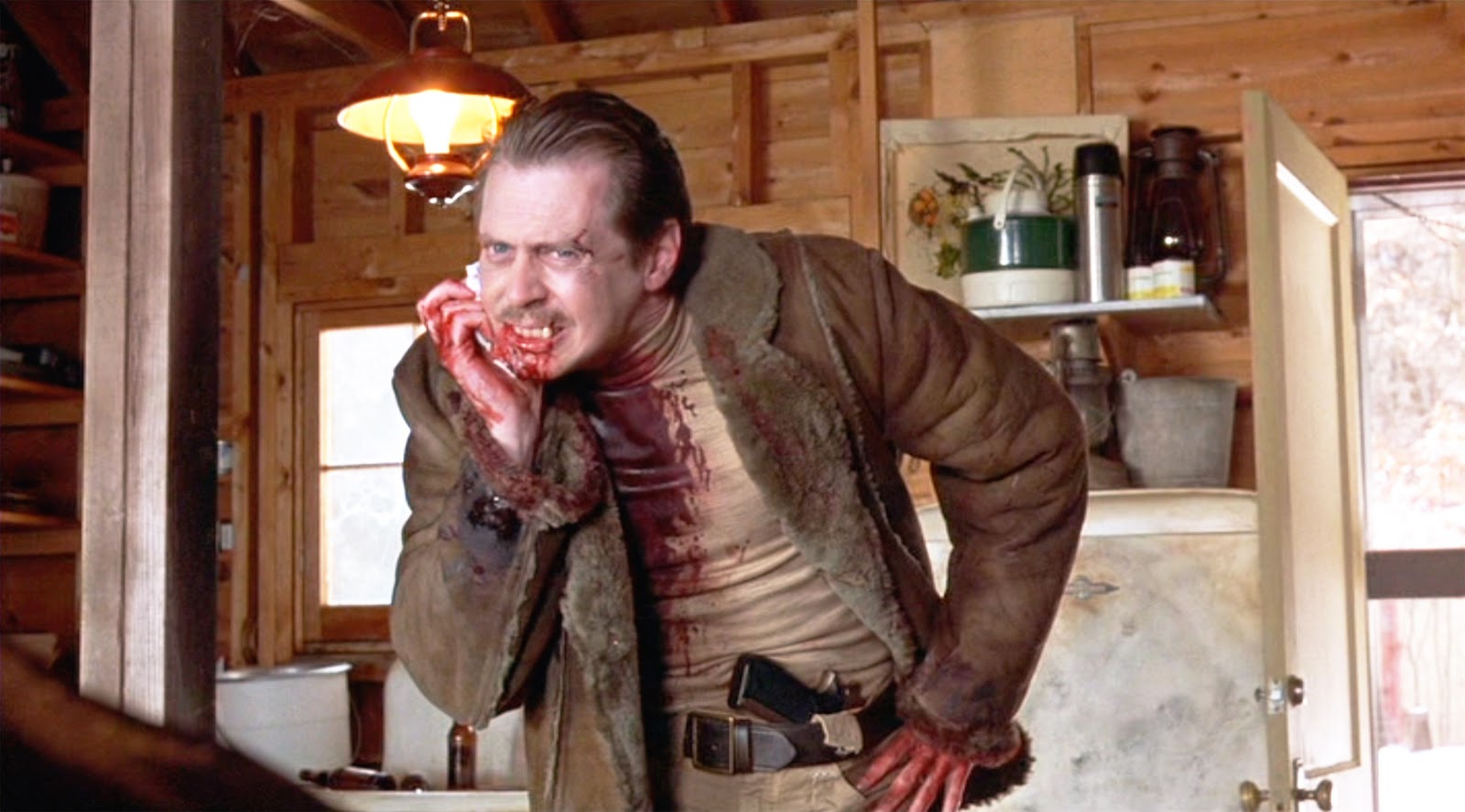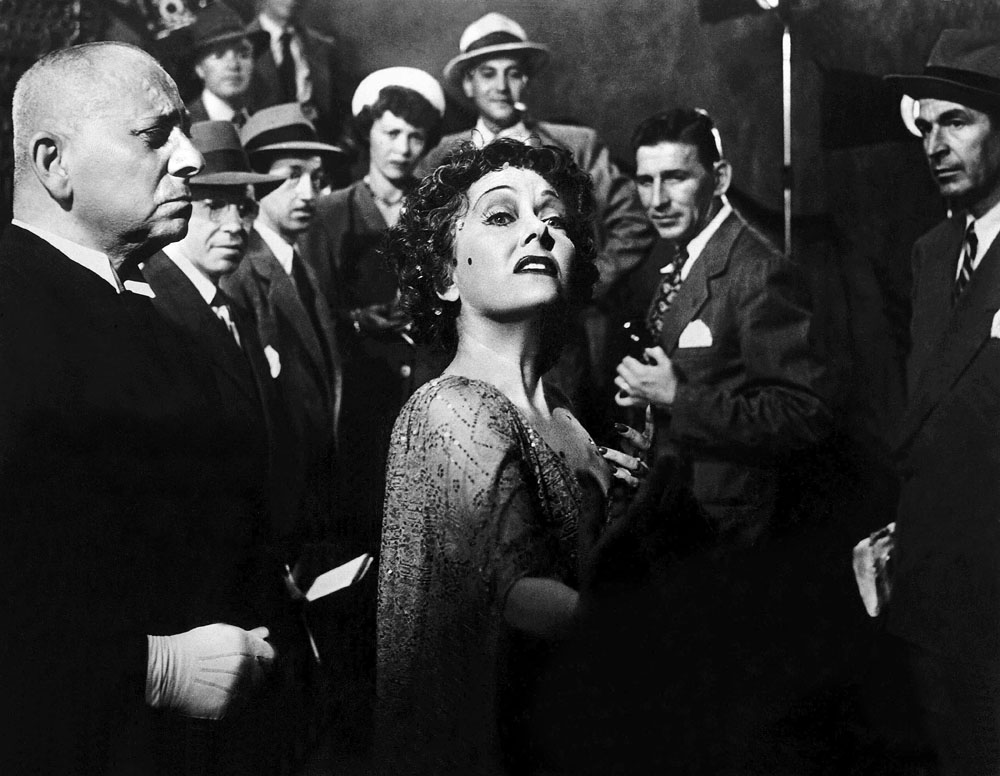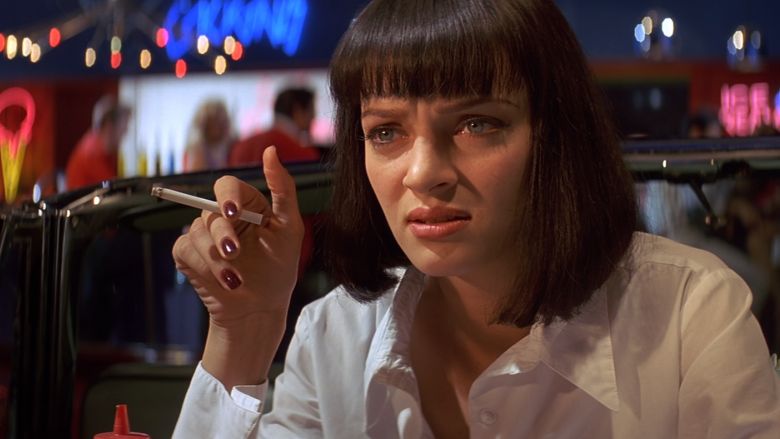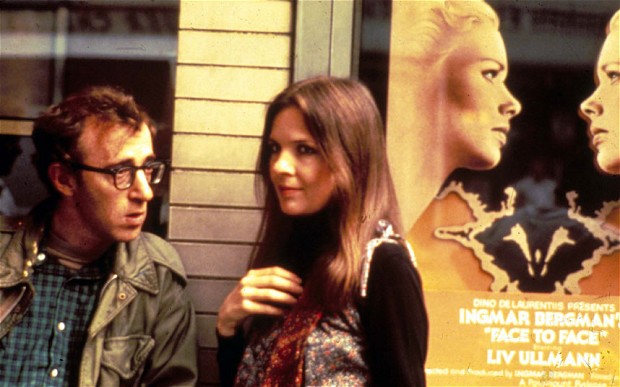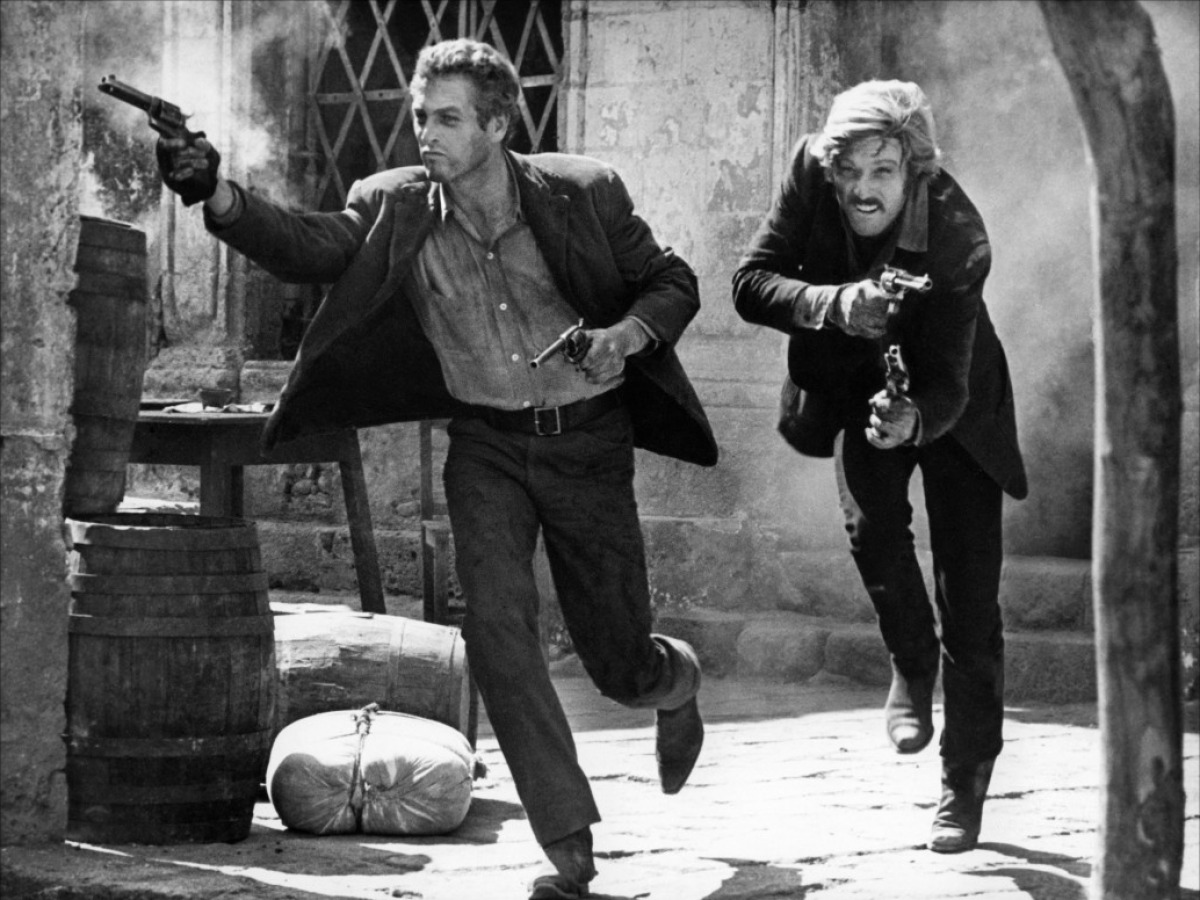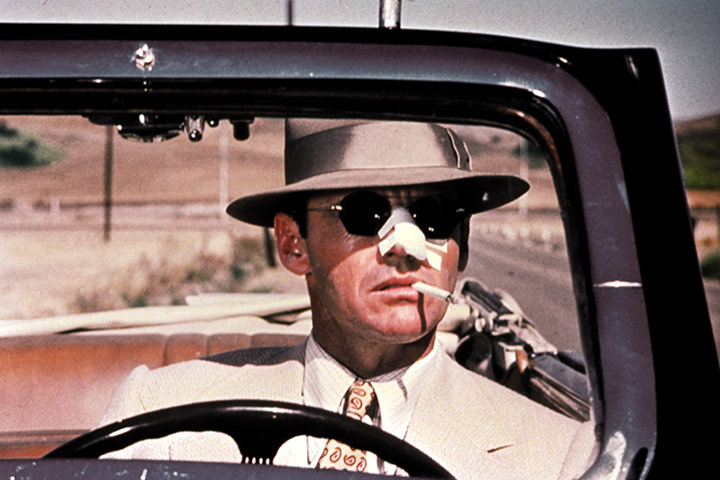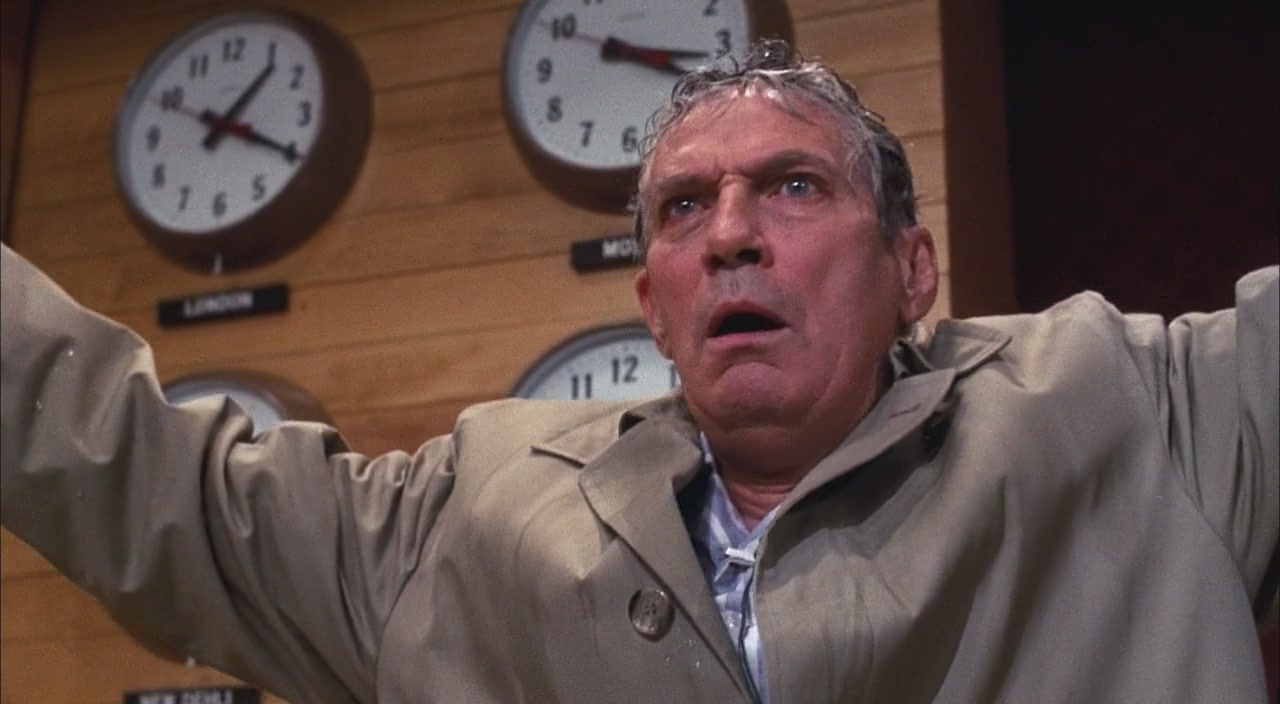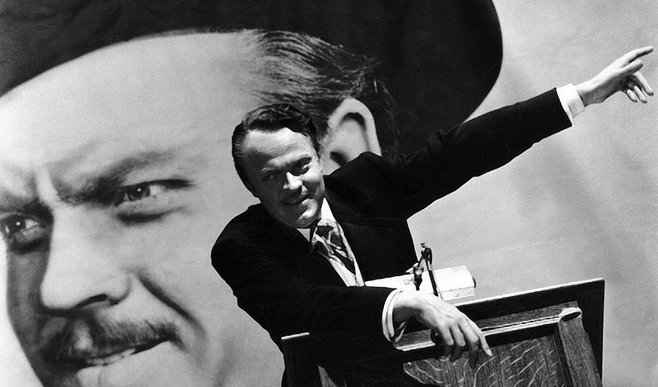8. Fargo
The quirkiness for which the Coen brothers are revered has likely never been more evident than it is in this delightfully offbeat tale of a man who plots to have his own wife kidnapped to collect the ransom money, only to have his plan thwarted by determined pregnant cop Marge Gunderson.
A darkly comedic masterpiece, “Fargo” benefits from a script that wisely exaggerates the details of its Midwestern setting. With phrases like “Oh yah!” and “You betcha,” the silliness of its characters and the interactions they have with one another serves as a perfect contrast to the horrifically violent crimes throughout the plot.
It is everyone’s upbeat attitude towards the events that emphasizes just how tragic everything really is and how unfortunately desensitized the world has become to this kind of horror. One almost feels guilty for laughing at a story revolving around a triple homicide, but therein lies the sick, twisted genius of the Coen brothers’ writing.
7. Sunset Boulevard
There is perhaps no better depiction of the seedy side of Hollywood than Billy Wilder’s masterpiece. Gloria Swanson commands the screen as forgotten film diva Norma Desmond, who hires desperate young screenwriter Joe Gillis to help her write her comeback movie.
The tone of story is one that combines both elements of comedy and horror, a bright move by Wilder, who knew exactly how to shatter the illusion of Hollywood while simultaneously making it ever so seductive. The opening sequence in which Joe’s lifeless body floats in a pool is an incredibly enthralling beginning that haunts the viewer, wasting no time in expressing how jaded one’s perception of Hollywood always is.
Joe’s sly opening narration somehow turns this eerie tale into a juicy piece of gossip as engrossing as those found in celebrity tabloids. Everything that follows may seem like a bizarre delusion that only a woman like Norma could create, but the inside scoop Joe provides the audience makes it harrowingly understandable why such a nightmarish world can be so easy to fall for.
6. Pulp Fiction
Taking a page from Jean-Luc Godard, Quentin Tarantino threw out the rulebook with this iconoclastic action film about two mobsters encountering an odd assortment of characters while running an errand for their boss. The Academy is rarely so bold as to honor a film like “Pulp Fiction,” but few, if any, would question this award.
The non-linear structure isn’t necessarily a groundbreaking one, but seldom has it been so useful in encapsulating the chaotic sequences that make up the bulk of this uniquely woven tale. Each character in the film comes with his or her own backstory, all widely different in terms of who they are and where they come from.
Tarantino expertly unites these characters, crashing them together to create the perfect combination of adrenaline-pumping action that fuels each character’s respective turning point and deeply philosophical (and utterly cool) dialogue that puts us into their unfathomable minds. Whether people like this actually exist, and whether events like these actually occur, is totally irrelevant. “Pulp Fiction” is a wild enough ride to make you believe anything.
5. Annie Hall
Initially a much lengthier film entitled “Anhedonia,” Woody Allen’s “Annie Hall” was drastically cut down in the editing room. The result was a lean running time of about an hour and a half that managed to highlight the best parts of Allen’s script and ultimately give audiences the quintessential romantic comedy.
Allen may be the only screenwriter who can take ideas from so many different sources and turn them into something that only could only be attributed to him. That’s the beauty of his script, which includes writing tools such as direct addresses to the camera, talking to random strangers on the street, characters talking to each other across two different screens, two characters conversing in voice-over, etc. It’s a very dialogue-heavy film, but the way in which Allen communicates everything is so unlike anything ever seen before.
The story incorporates sequences involving elements of fantasy, animation, and stand-up comedy so seamlessly into the plot that Allen makes the art of screenwriting seem almost effortless. Every flashback and every would-be scenario is a piece of a puzzle as intricate as love itself, and nobody makes that point as hilariously, poignantly, or creatively as Allen does here.
4. Butch Cassidy and the Sundance Kid
The fact that Paul Newman and Robert Redford starred in only two movies together may come as somewhat of surprise to some – and the reason for it is the amazing pair of protagonists they portray in this revisionist western. “Butch Cassidy and the Sundance Kid” instantly cemented Newman and Redford’s status as a dynamic duo, as their on-screen relationship inevitably came to define the ‘buddy movie.’
As Butch and Sundance continuously try to evade both the law and the mysterious band of men hunting them down, they find themselves traveling all the way down to Bolivia, but no matter where they are in the world, trouble soon follows as the duo’s constant knack for getting into misadventure eventually gets the best of them. Butch and Sundance are written as action heroes, but they’re also clearly a couple of bumbling buffoons making up the course of their lives as they go along.
Thanks to William Goldman’s crackling script, however, the exciting, fun-loving nature of the pair’s bold criminal escapades is complemented by the depiction of Butch Cassidy and the Sundance Kid as nothing less than mythical figures of the Old West.
3. Chinatown
Robert Towne’s neo-noir thriller is used in film schools throughout the country as an example of how to write a proper script. There is perhaps no better testament to the power of Towne’s writing. A suspense story that encompasses all the elements of the noir film, “Chinatown” takes the genre a step further by bolstering it with new elements that place it into a category of its own.
The film’s title is a perfect parallel for the story itself, a deceptively simple layer of what is in fact a much deeper theme. That’s where Towne succeeds in his script, turning Chinatown into not merely a single area in a single city, but a world in which evil men thrive as good men fail to stop them. Nothing is what it seems in the noir genre, but what separates this story from the rest is that the audience’s expectations are used against them.
It isn’t merely that the bad guy gets away with it; it’s that the bad guy will always get away with it. It’s a terrifying conclusion and not one that is easy to accept, but the tragedy that protagonist Jake Gittes personifies is a constant reminder that leaves the viewer in fitting despair.
2. Network
Needless to say, Paddy Chayefsky’s script for “Network” was decades ahead of its time. Equal parts impressive and disturbing, the story of a group of television network executives using a crazy man to get higher ratings foretold the endless stream of exploitation that would come to make up modern-day reality television.
There is not a single wasted word in this entire film, with every last bit of dialogue used to show the audience just how quick-witted, sharp-tongued and cutthroat the entertainment industry truly is. The script is structured so as to catch the fast-paced, initially exciting spirit of the world into which the viewer is immediately sucked, but that doesn’t prevent Chayefsky from catching the moments in his characters’ lives that linger, forcing the audience to take a step back from the chaos of such a crazy world and take in the devastating effect it has on all those who have entered it.
1. Citizen Kane
It may seem trite to place “Citizen Kane” in the top spot, but that doesn’t make the choice any less valid. Orson Welles’ classic masterpiece was not truly appreciated in its time and certainly not as much as it is today. So the fact that the Academy was smart enough to award it for its writing is somewhat of a consolation for its frustrating loss in the Best Picture category to the seldom-remembered “How Green Was My Valley.”
As reporters attempt to figure out the meaning of a publishing tycoon’s final word, his life is shown through a series of flashbacks which lead to the very last moment of his life. The influence Welles’ story had on future films is great proof of the power of his work, but no movie has ever managed to match its genius. The characterization of Charles Foster Kane is one that wraps the man in a mystery that becomes more and more riveting with each snippet of his life with which the audience is graced.
The story’s introduction informs the viewer of who Kane was, presenting his public persona as merely the surface behind which a much more tragic life was lived. Each flashback is a subtle building block that provides the audience with an insider perspective into the life of a man that too few people really knew. In the end, nobody understood Kane’s last word because nobody understood Kane. A somewhat inconclusive climax in which the audience is the only knowing party to a captivating mystery, the story leaves the audience feeling alone in their knowledge in the very same way that Kane did at the end of his life.
Author Bio: Ziyad Saadi is a writer, director and producer based in NYC. After having received his Bachelor’s degree in Marketing from Concordia University in Montreal, he moved to New York where he produced the independent feature film Bag Boy Lover Boy. In addition to his work in filmmaking, he has also written for a number of publications including Indiewire, The Independent and The Gay & Lesbian Review.
